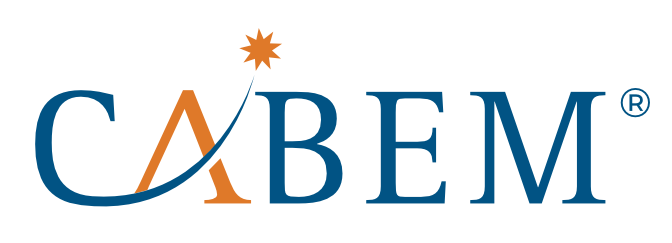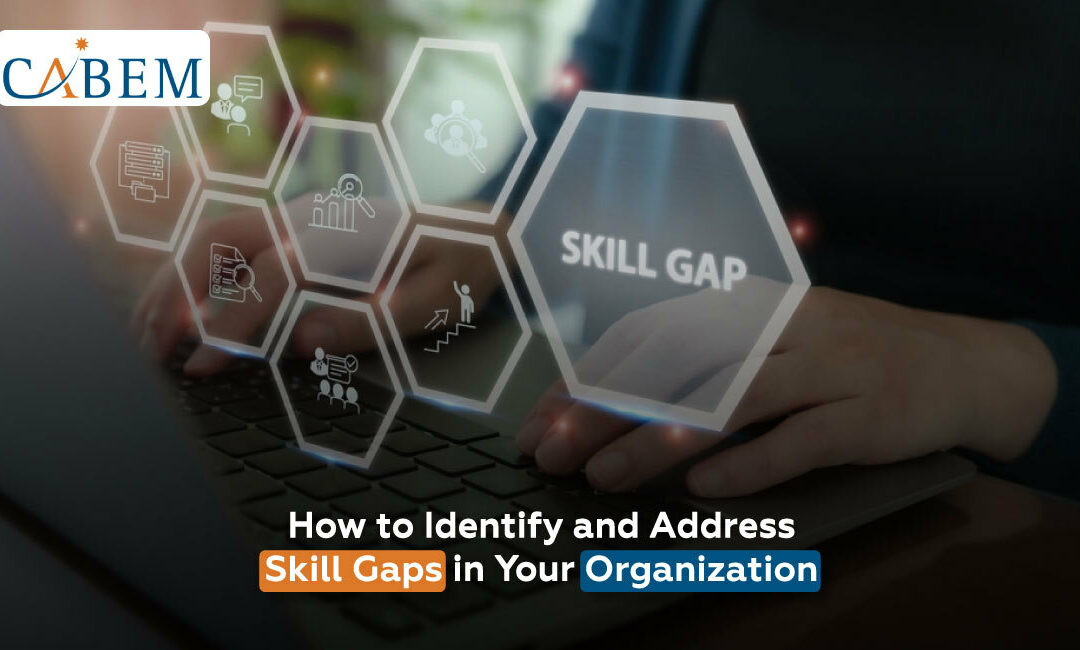Real-time Solutions for Future-ready Teams
Did you know that 75% of the employers said in the latest survey that they have found it challenging to find employees with the right skills, despite the abundance of job seekers. This paradox highlights a significant issue in the current job market: the skills gap. The skill gap is the phenomenon that arises when an employee’s skills do not match their required job function.
If this issue is overlooked, it can affect the innovation and weaken team performance. It is not the only responsibility of the administrative team to resolve skill gaps, but it is a business imperative. Organizations that ignore skill gaps are unable to compete in the evolving business market. The other issues that organizations face due to the skill gap are higher turnover, lower productivity, and missing opportunities.
This blog will guide on the importance of recognizing skill gaps at an early stage, the difficulties companies face, and real-time solutions to close the skill gaps. We will also explore why CABEM’s Competency Manager is essential for the growth of organizations and how it contributes to building stronger, future-ready teams.

What Are Skill Gaps and Why Do They Matter?
A skill gap is the measurable difference between an employee’s existing skills and the required skills necessary to perform a job function efficiently. The skill gap indicates a lack of capabilities necessary to meet the organization’s business objectives and to adapt to changing industrial demands.
Unaddressed skill gaps can impact an organization’s operations and lead to compliance issues. In highly regulated industries, a lack of compliance-related knowledge can expose an organization to legal and financial risks. When the teams are not ready for the operational challenges, the organizations also suffer from productivity issues.
These skill gaps also affect employees, customers, and the organization. When employees feel unequipped to meet the expectations, they become frustrated with their roles, which results in high turnover and low confidence at work. Eliminating the skill gap is no longer optional for organizations that want to grow and remain stable in the evolving market.
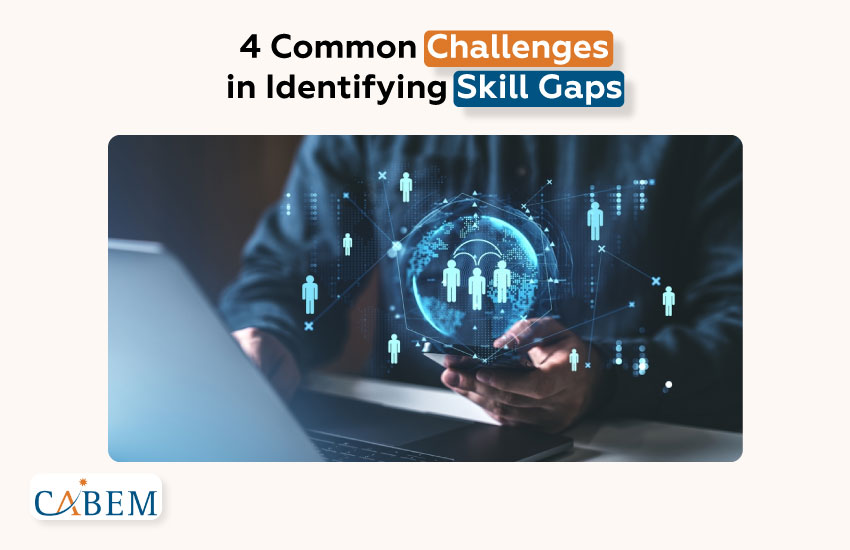
4 Common Challenges in Identifying Skill Gaps
Finding a skill shortage within your team is not a straightforward process. Organizations often find it difficult to assess the capabilities of their employees due to the complex hierarchical structure and limited transparency within the teams. To identify skills gaps, a clear and consistent process is needed that can easily locate them without missing any.
- No Centralized Data on Employee Skills: The lack of detailed information about employee competency levels makes it difficult to assess their skills accurately, and employers often rely on guesswork rather than real insights.
- Inconsistent Training Records: The unorganized record of training makes it nearly impossible to determine what training employees have completed and what remains.
- Lack of Clear Role Definitions: When job responsibilities are not defined properly, identifying the skill gap is challenging because it is unclear which responsibilities are associated with a specific role.
- Siloed Departments That Don’t Share Information: The limited cross-departmental collaboration prevents the full analysis of skill strengths and shortages within the organization.
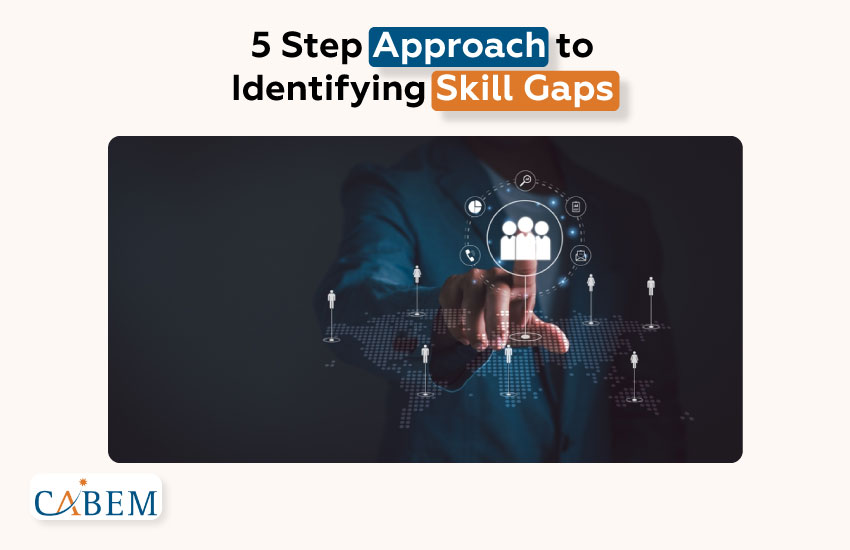
5-Step Approach to Identifying Skill Gaps
A capable workforce is important for the growth and success of the organization. A well-structured strategy is necessary to assess the team’s skills and address them through a systematic process. Here are five key steps that make identifying the skill gap easy, allowing businesses to pinpoint where their employees need development.
Step 1: Define Critical Roles and Competencies
The process starts from identifying the most important roles within your organization and the competency level required to excel in each position. A detailed understanding of the skills and knowledge associated with each specific role is the foundation for identifying accurate skill gaps.
Step 2: Conduct Skills Assessments and Performance Reviews
Evaluate the current abilities of the employee through regular assessments and performance reviews. This will provide the objective data that shows the strength and areas for improvement.
Step 3: Compare Employee Skills Against Role Requirements
The third step involved comparing the documented employee skills with the competency requirements for their respective roles. In this way, you will find discrepancies between expected and actual skill levels.
Step 4: Identify Gaps and Prioritize Based on Impact
Identify the skill gaps and categorize them based on their impact on business objectives, operational efficiency, and team performance. Start from the most critical skill deficiencies to enhance operational benefits.
Step 5: Develop Targeted Training Plans
At last, design a dedicated training and development plan to address the most important skills. Set SMART (Specific, Measurable, Achievable, Relevant, and Time-bound) goals that are aligned with both the growth of the employee and the strategic goals of the organization.
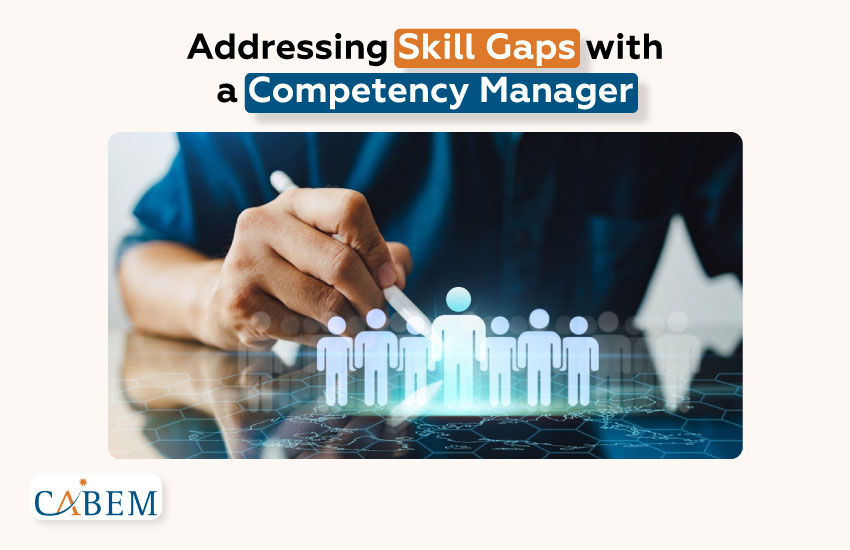
Addressing Skill Gaps with a Competency Manager
Closing the skill gaps effectively requires more than just consecutive trainings. It demands the right tool to track and analyze the progress of the employees towards skill development. CABEM’s Competency Manager is a powerful tool specifically designed to facilitate skill development. It automates the whole process with its configurable features. CABEM helps organizations to build a workforce that is ready for future challenges.
- Skill Tracking: CABEM’s Competency Manager enables organizational leadership to continuously track employee progress on both an individual and team basis. The centralized data system also provides data insights through a single dashboard.
- Gap Analysis: The platform can automatically identify the differences between an employee’s existing skills and the defined competency requirements for each specific role. This strategic approach facilitates more effective workforce planning.
- Personalized Training Recommendations: This tool recommends training based on identified skill gaps to close them, so that each employee only gets necessary training rather than spending time on useless training sessions.
- Progress Monitoring: Organizations’ managers can assign time-bound training and monitor progress through the automatic reporting and alerting features of this tool.
Take the Next Step with CABEM’s Competency Manager Today!
Ready to develop your workforce to combat the evolving market trends? CABEM is here to make this task easier than ever by providing a comprehensive solution specifically designed to identify skill gaps and streamline the skill development process. This tool can help you whether you are preparing for audits, managing compliance, or improving operational efficiency by aligning employees’ skills with organizational goals.
The main features of this tool, like role-based assignments, real-time progress tracking, and personalized training paths, enable organizations to build stronger and more capable teams. Delete your outdated spreadsheets and unnecessary training systems, and start using CABEM’s Competency Manager, which provides centralized and customized skill development pathways to support your organization’s goals. Contact us now to discuss how CABEM can support your organization in talent management.
FAQs
- How to address skill gaps in the workplace?
Closing the skill gaps within your workforce requires a strategic approach that identifies and resolves them. A competency management tool helps you automate the process, making it easier.
- What are examples of skill gaps?
Skill gaps vary across industries, but there are two main categories: technical and soft skills. Some examples of skill gaps are a lack of knowledge of emerging technologies, weak leadership, or insufficient customer service capabilities.
- What actions will organizations take to address the skills gaps?
Organizations should use a structured approach that includes conducting a competency assessment to identify skill gaps and provide the necessary training to close them.
